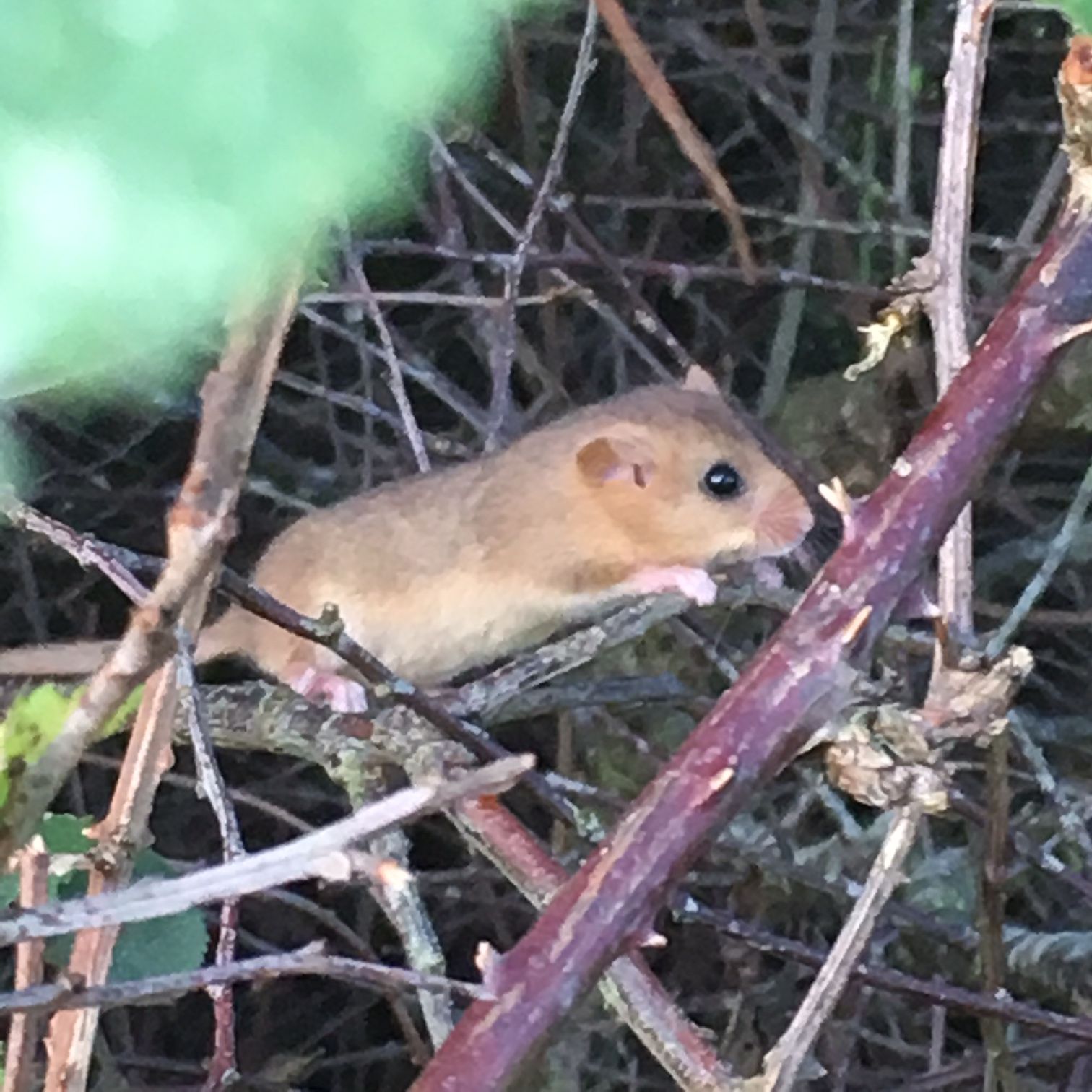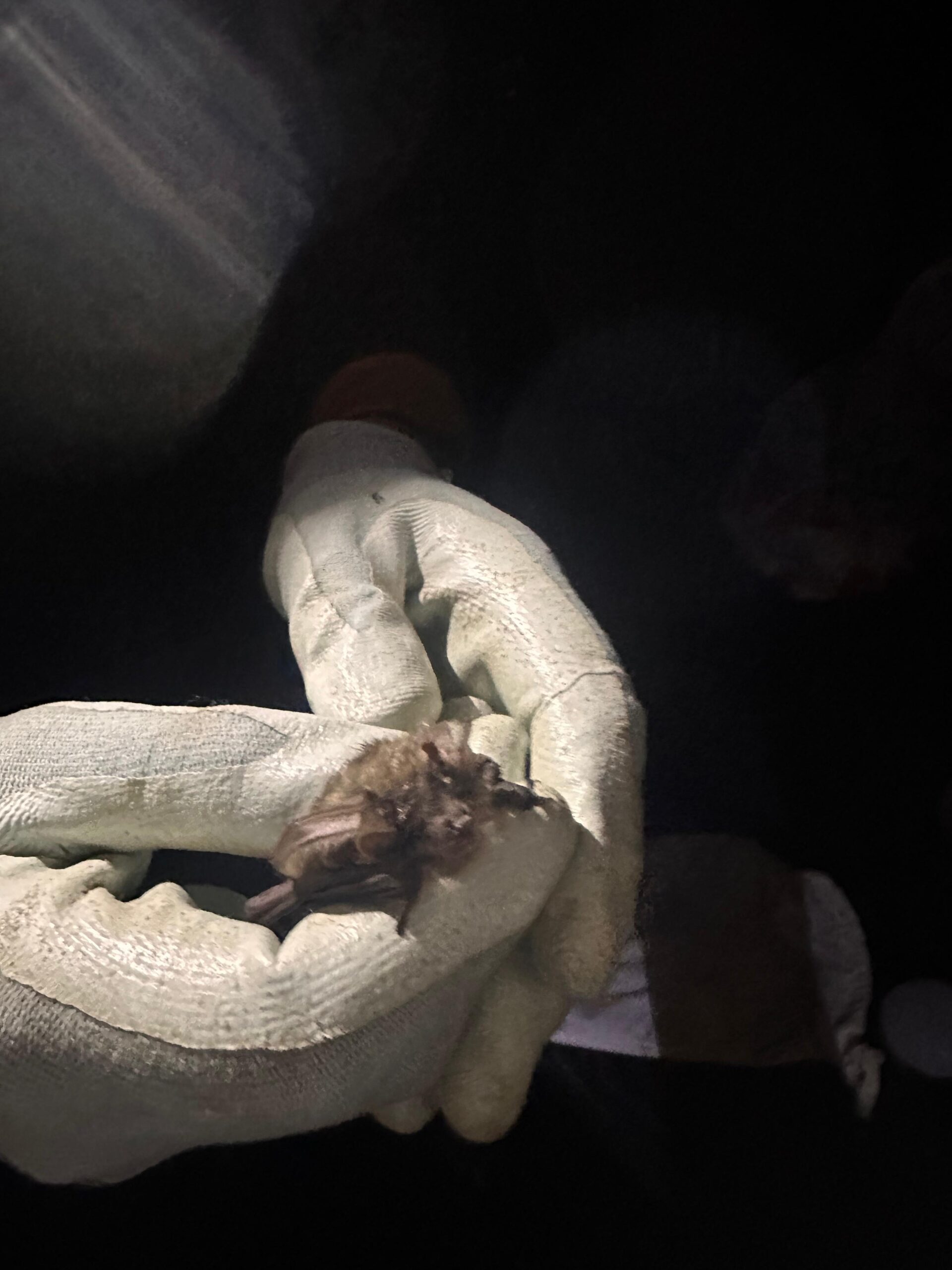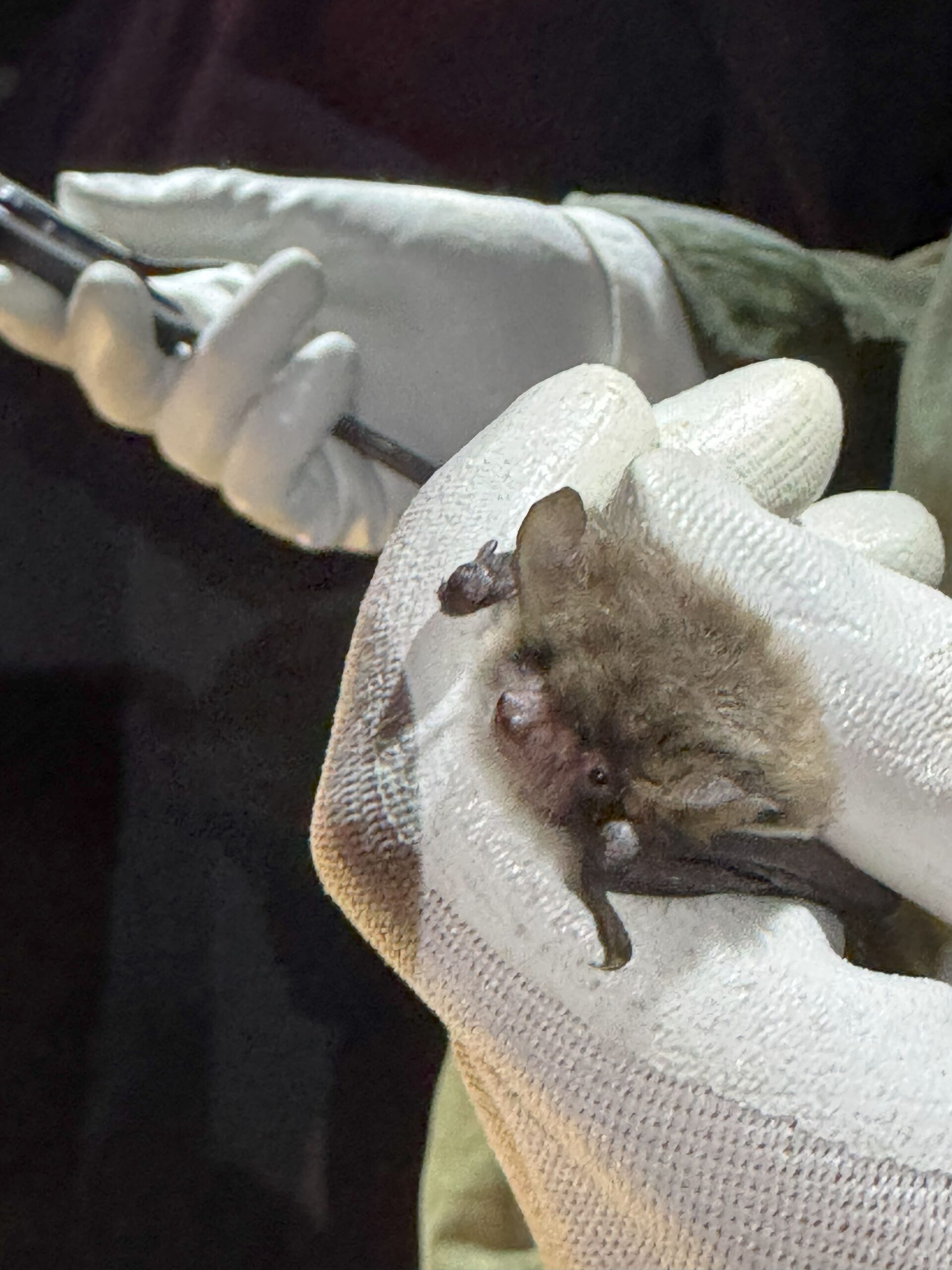Meet the Natives: A Guide to UK Reptiles
17-07-2025
The UK is home to six native reptile species, comprising three snakes and three lizards. Phlorum’s Livia Dry discusses them in this blog post, and provides some advice to help you appreciate and conserve these amazing creatures.
The Snakes
When we think of British wildlife, we probably first think of prominent animals like badgers, foxes, hedgehogs, red squirrels, deer and many common species of bird. However, a less prominent, often hidden and commonly overlooked group of animals are the UK’s native reptiles. Not as diverse as the many exotic species found in warmer climates, the UK’s reptiles are nonetheless vital for the proper functioning of many common habitats.
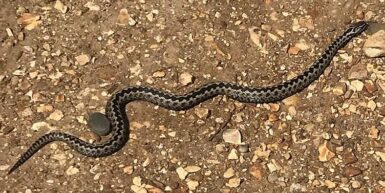
Adder
Adder (Vipera berus)
The adder holds the unique distinction of being the UK’s only venomous snake. This doesn’t make then typically dangerous, because by nature they are shy and reclusive, so will avoid contact with humans.
Adder bites are incredibly rare, typically occurring only when the snake feels directly threatened or is accidentally stepped on or picked up in logs or other refugia.
If you are lucky enough to spot an adder, you’ll notice the distinctive, dark zig-zag pattern running along its back, often set against a grey or brownish background. They are most commonly found on heaths, moors, and open woodlands, where they can bask in the sun, typically early in the morning, to warm up ready to hunt the small mammals they favour as food.
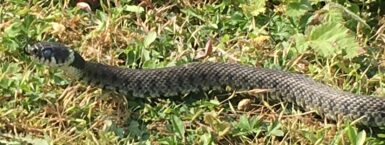
Grass snake
Grass Snake (Natrix helvetica)
In contrast to the adder, the grass snake is non-venomous and a water lover. It’s also the UK’s largest snake. These elegant reptiles are often found near ponds, rivers and ditches, where they hunt amphibians and fish, as well as small mammals and birds.
A key identifier is the striking yellow and black “collar” or stripe behind their heads. When threatened, a grass snake might feign death, rolling onto its back with its mouth agape, or even release a foul-smelling musk to deter predators.
They are relatively widespread across England and Wales, though it is absent from Scotland.
Smooth Snake (Coronella austriaca)
This elusive reptile is the rarest native snake in Britain. Found in a few heathlands of southern England, particularly Dorset and Hampshire, the smooth snake is a master of camouflage. Its slender body, typically grey or brownish with subtle dark markings, allows it to blend seamlessly into its sandy and heather-rich surroundings.
Unlike the adder, it lacks a distinct zigzag pattern, and its pupils are round, not slits like the adder’s. They primarily prey on other reptiles and small mammals, constricting their prey with their muscular bodies. Their rarity highlights the importance of protecting their fragmented heathland habitats.
The Lizards
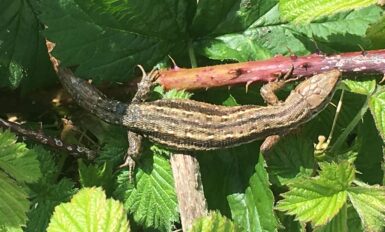
Common lizard
Common Lizard (Zootoca vivipara)
As its name suggests, the common lizard is the most widespread and frequently encountered UK reptile. These small, agile insect-munchers are often seen basking on rocks, fences and log piles, soaking up the sun’s warmth.
They are viviparous, meaning they give birth to live young, a unique adaptation among British reptiles that allows them to thrive in cooler climates. Their coloration varies but typically includes shades of brown or grey, often with darker spots or stripes.
Their speed and ability to shed their tails (which later regrow) are defences against predators.
Sand Lizard (Lacerta agilis)
The sand lizard is a sight to behold. The males develop stunning emerald green flanks during the breeding season, making them particularly striking. Like the smooth snake, the sand lizard is a specialist, confined to habitats such as sand dunes and dry, sandy heathlands in southern England. Their conservation relies on these fragile habitats being protected. Sand lizards are larger than common lizards, with a stocky build and distinctive scale patterns.
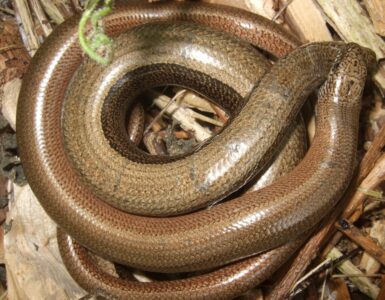
Slow worm
Slow Worm (Anguis fragilis)
Despite looking very much like a snake, the slow worm is actually a legless lizard. These shiny, smooth-scaled creatures are easily distinguished by their ability to blink (snakes cannot) and their propensity to shed their tail when threatened.
Slow worms are often found in gardens, woodlands, and grasslands, where they are a gardener’s best friend because they feasting on slugs, snails, and other plant-damaging invertebrates. Their secretive nature means they are often overlooked, preferring to hide under logs, stones, or compost heaps.
You can sometimes find them keeping warm under discarded bits of carpet or dark plastic sheeting in overgrown gardens and scrubby wasteland.
Why They Matter: The Vital Role of UK Reptiles
UK reptiles play crucial roles in our ecosystems. As predators, they help to control populations of invertebrates and small mammals, maintaining balance in many different kinds of habitat. In turn, they are also an important food source for larger predators, such as birds of prey, foxes and badgers. In protecting UK reptiles it is vital that the unique and often threatened habitats they inhabit, including fragile heathlands and wetlands, are also safeguarded.
How You Can Help: Reptile Friendly Action
You don’t need to be a conservation expert to make a difference. Even small actions can contribute significantly to the well-being of our native reptiles:
Create reptile-friendly gardens
Embrace a little wildness. Piles of logs, stones, and undisturbed scrubby edges provide excellent basking spots and refugia for reptiles. Consider creating a compost heap, which can attract slow worms.
Respect their habitats
When exploring the countryside, especially heathlands, sand dunes and woodlands, stick to marked paths. This minimises disturbance to sensitive areas where reptiles might be basking, hunting, or breeding.
Report sightings (where appropriate)
If you’re lucky enough to spot a rare species like the smooth snake or sand lizard, consider reporting your sighting to the local Wildlife Trusts or biological record centres (you can find your local record centre at the following link – Find Your LERC). This data is invaluable for conservation efforts.
Educate others
Share your newfound knowledge about the wonderful world of UK reptiles. Dispelling myths and fostering appreciation can go a long way to help protect them.
So, next time you’re out enjoying nature, whether it’s in your garden, a local park, or the wider countryside, take a moment to look a little closer. If you know what you’re looking for, you might happen across some reptiles.
If you find yourself in need of a reptile survey, or require work to mitigate potential harm to reptiles, or any work to enhance reptile habitat (which are all commonly required as part of planning conditions or applications), then please contact us. We’d love to help.

